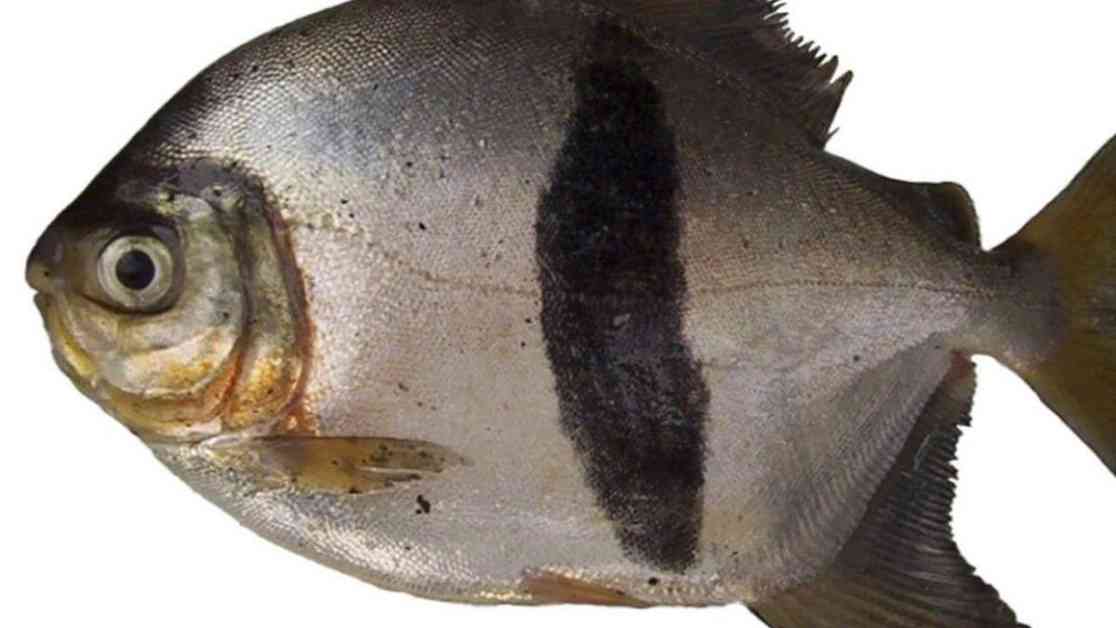A new species of vegetarian fish, similar to the piranha, was discovered in Brazil and named «Sauron» for its resemblance to the character from The Lord of the Rings, the British Museum of Natural History announced on Tuesday. Scientists named this species «Myloplus sauron» because its round shape, red fins, and long black stripe reminded them of the eye of «Sauron,» the main villain in the famous fantasy series by J.R.R Tolkien. «Myloplus sauron» is only found in the Xingu basin, a Brazilian tributary of the Amazon, a river that contains over 600 fish species, including more than 70 that are not found anywhere else in the world. Scientific studies suggest that up to 42 percent of the fish in the Amazon River are still unknown to humans. This new species, discovered by scientists aiming to expand knowledge of fish communities in the Amazon River, has human-like teeth and a plant-based diet. The existence of «Myloplus sauron» was documented in a study published on Monday in the journal Neotropical Ichthyology, focusing on Amazonian piranhas and similar species that are difficult to distinguish because they change appearance throughout their lives. The author of this study, Rupert Collins, one of the lead fish specialists at the Museum of Natural History in London, took part in describing and naming this new species. «When my colleagues suggested the name they had in mind for this fish, we knew it fit perfectly,» Collins said in a statement. «We know little about many of the animals we share our world with, even basic things like their appearance and where they live,» the expert added. It is fascinating to discover new species, especially in such diverse ecosystems as the Amazon River, where there is still so much to learn about the incredible biodiversity present. The Xingu basin, where «Myloplus sauron» was found, is home to a wide variety of unique fish species, highlighting the importance of conservation efforts in preserving these delicate ecosystems. This discovery underscores the importance of continued research and exploration to uncover the mysteries of the natural world and protect these fascinating species for future generations to appreciate and study further. The finding of «Myloplus sauron» opens up new avenues for research and understanding of fish species in the Amazon, shedding light on the incredible diversity that exists within these ecosystems. By identifying and studying new species like «Myloplus sauron,» scientists can gain valuable insights into the evolutionary history and ecological roles of these fish, contributing to our overall knowledge of the Amazon’s complex and interconnected ecosystem. As we continue to explore and learn about the wonders of the natural world, discoveries like this serve as a reminder of the beauty and complexity of life on Earth, motivating us to protect and preserve these unique creatures and their habitats for generations to come.

New Title: Discovery of Sauron Fish Species in Brazil Resembling Piranha
444











